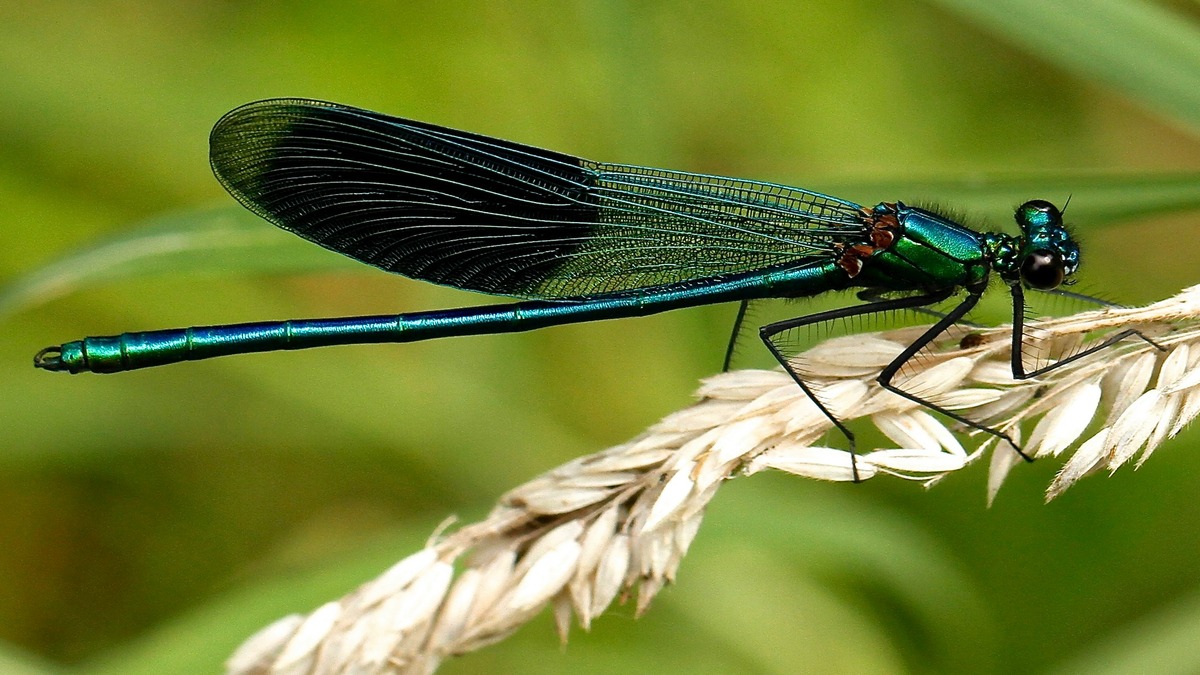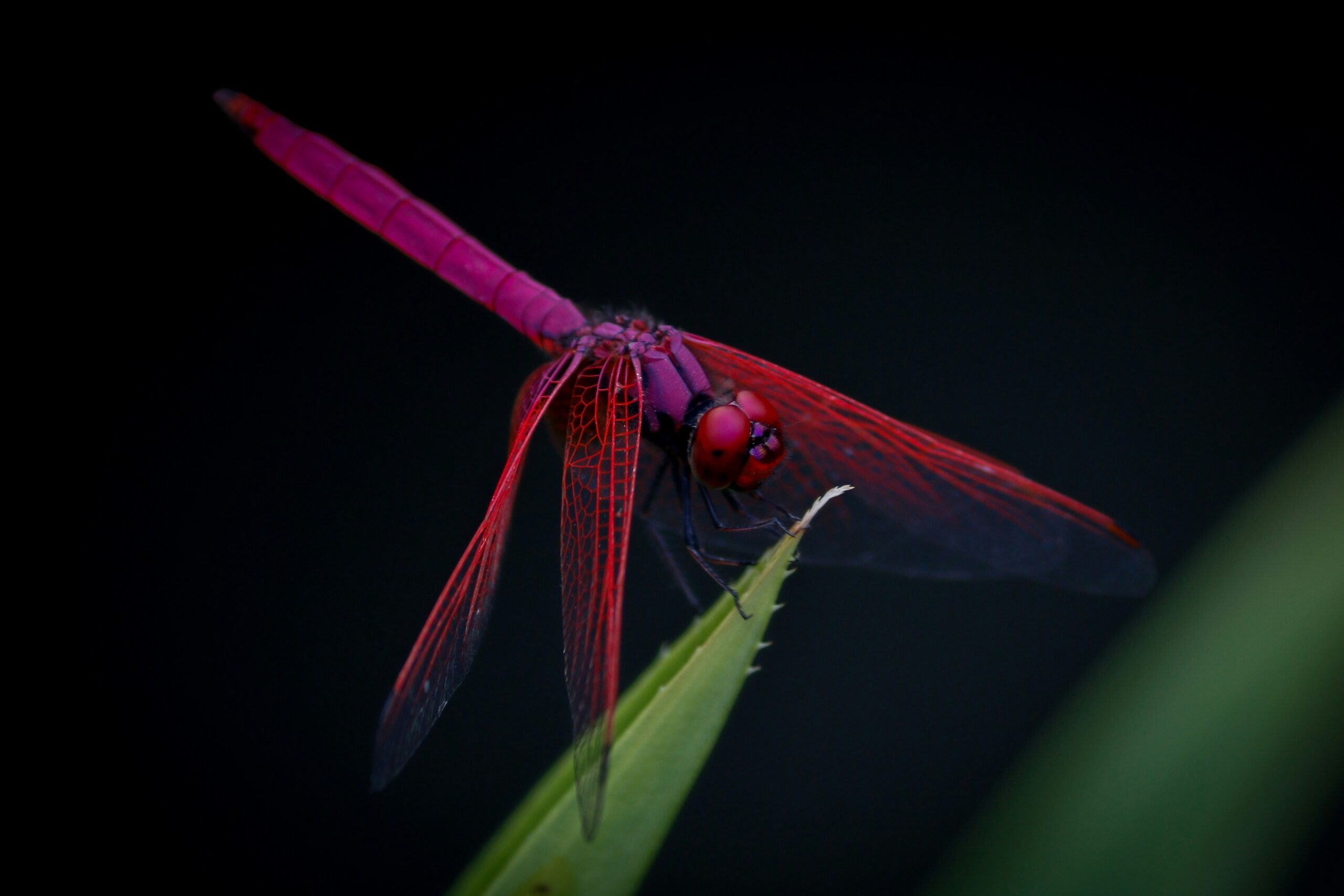Lanternflies, known for their vibrant colors and unique structures, have long fascinated entomologists and nature enthusiasts. Recent discoveries in Vietnam and Cambodia have unveiled new species within this intriguing group, shedding light on the rich biodiversity of Southeast Asia. Vietnam Cambodia new lanternfly species have been discovered!
Introduction to Lanternflies
Lanternflies belong to the family Fulgoridae, a group of planthoppers characterized by their often elongated heads and striking wing patterns. Despite their name, they do not emit light. Their vivid appearances and peculiar forms make them a subject of interest in entomological studies.
Recent Discoveries in Vietnam and Cambodia
In September 2024, researchers Jérôme Constant and Hong Thai Pham described four new species of the genus Zanna in their publication in the European Journal of Taxonomy. These species include Zanna chartieri and Zanna limbourgi from Cambodia, and Zanna bidoupana and Zanna kusamae from Vietnam.
These discoveries highlight the rich and often underexplored insect diversity in the Indochinese region. The detailed descriptions and illustrations provided by the researchers offer valuable insights into the morphology and distribution of these species.
Significance of the Discoveries
The identification of these new species contributes to our understanding of the genus Zanna, which now comprises 37 species. Such findings are crucial for biodiversity conservation, as they help in assessing the ecological roles of these insects and the health of their habitats.
Visual Representation
To better understand the distribution and characteristics of these new species, refer to the following table:
| Species Name | Location (Country) | Specific Habitat Location |
|---|---|---|
| Zanna chartieri | Cambodia | Tatai, Koh Kong Province |
| Zanna limbourgi | Cambodia | Phnom Aural Wildlife Sanctuary, Kampong Speu Province; Kbal Spean, Siem Reap Province |
| Zanna bidoupana | Vietnam | Bidoup-Nui Ba National Park, Lam Dong Province |
| Zanna kusamae | Vietnam | Dong Nai Biosphere Reserve, Dong Nai Province |
Table: Newly Discovered Lanternfly Species and Their Habitats
Conservation Implications
The discovery of these species underscores the importance of preserving natural habitats in Vietnam and Cambodia. Protecting these areas ensures the survival of such unique species and maintains ecological balance.
Conclusion
The recent identification of new lanternfly species in Vietnam and Cambodia enriches our understanding of Southeast Asia’s biodiversity. Continued research and conservation efforts are essential to protect these fascinating insects and their habitats.

Frequently Asked Questions
- What are lanternflies?
- Lanternflies are planthoppers known for their vibrant colors and unique head structures. Despite their name, they do not emit light.
- Where were the new lanternfly species discovered?
- Four new species were discovered in Vietnam and Cambodia, specifically in regions like Tatai, Phnom Aural Wildlife Sanctuary, Bidoup-Nui Ba National Park, and Dong Nai Biosphere Reserve.
- Why are these discoveries significant?
- Identifying new species enhances our understanding of biodiversity and aids in conservation efforts.
- How do lanternflies impact their ecosystems?
- Lanternflies play roles in their ecosystems, often as pollinators and as part of the food web.
- What challenges do lanternflies face?
- Habitat loss and environmental changes pose significant threats to lanternfly populations.
- How can we contribute to lanternfly conservation?
- Supporting habitat preservation and staying informed about local biodiversity can aid in conservation efforts.








